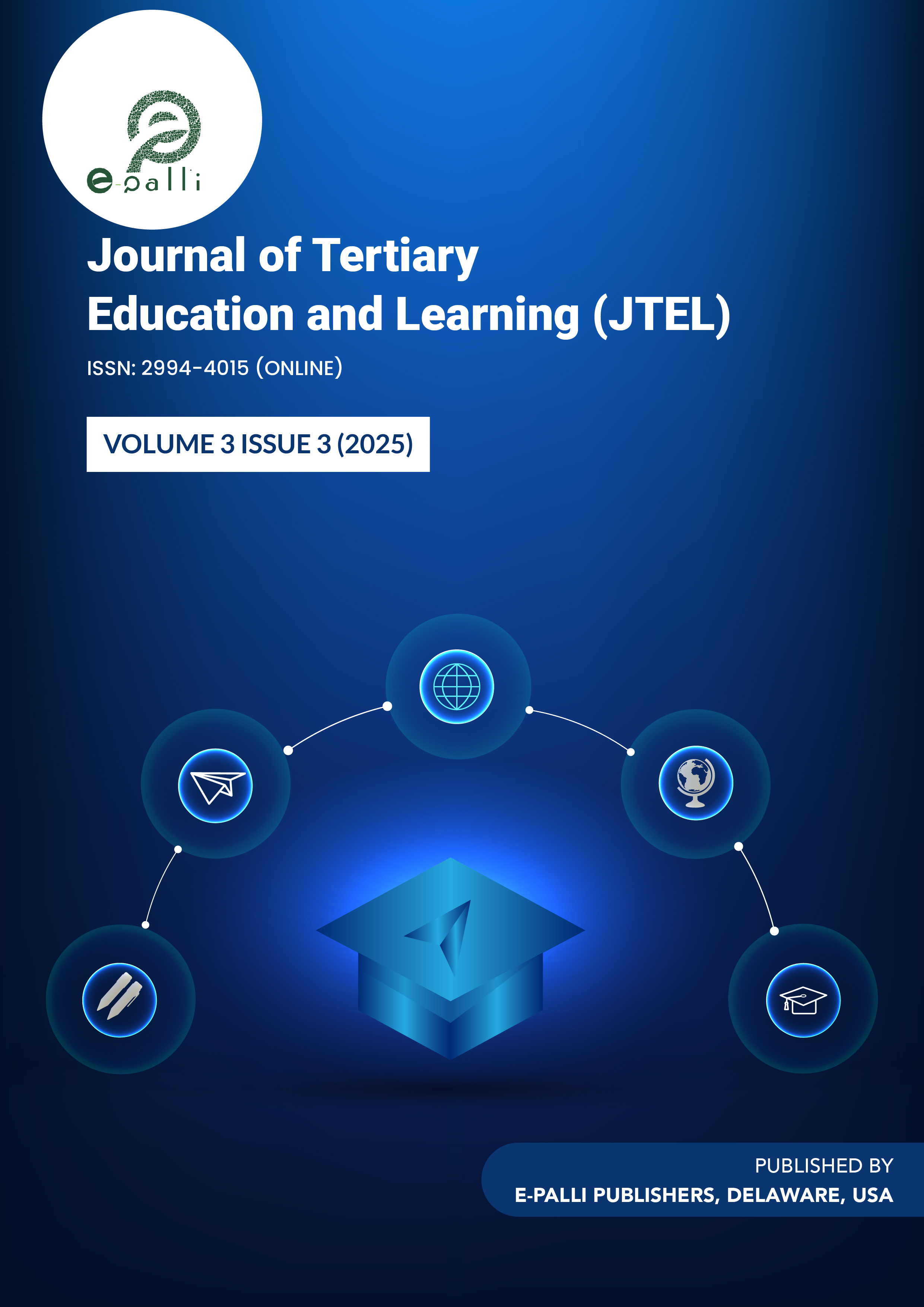Effectiveness of Validated Hairdressing II Learning Activity Sheets (LAS) in Enhancing Practical Skills in Hairstyling and Make-Up
DOI:
https://doi.org/10.54536/jtel.v3i3.5374Keywords:
Hairdressing II, Learning Activity Sheets, Performance-Based Learning, Practical Skills, TVL EducationAbstract
This action research examined the effectiveness of validated Learning Activity Sheets (LAS) in Hairdressing II in enhancing Grade 12 students’ practical skills in hairstyling and makeup. Developed by the researcher and officially recognized by the Division Office, the LAS had undergone expert validation and was initially utilized during the modular distance learning period. With the return to face-to-face classes, the study aimed to assess their instructional value in a laboratory-based setting. Thirty-three Grade 12 Home Economics students from Antipolo City Senior High School participated, along with five expert validators. A mixed-methods research design was employed, integrating surveys, validator rating tools, student performance portfolios, and video documentation. The findings showed that validators rated the LAS as “Very Satisfactory” in terms of content quality, clarity, MELC alignment, and technical presentation. Students found the LAS “Very Effective” in developing their skills and expressed high satisfaction in its usability, visual appeal, and design. Observational data further confirmed “Very Evident” mastery of competencies, particularly in hair sectioning, tool handling, and time management. The study affirms the instructional value of teacher-developed LAS in bridging theory and practice, and in enhancing student readiness for industry-based competencies in the TVL track.
References
All4Ed. (2023). Designing learning materials that work: A practical guide. All4Ed Press. https://all4ed.org. https://doi.org/10.22345/ajebi
Cayetano, N. A. V., De Dios, F. C., Francisco, L. M., Hernandez, I. Z. N., Sequito, F. L. V., Sevilla, S. M. C., & Sison, L. B. (2025). The effect of ChatGPT 3.0 as a personalized learning tool in answering atomic structure assessments. American Journal of Education and Technology, 4(3), 1–11.
https://doi.org/10.54536/ajet.v4i3.4700
Creswell, J. W. (2012). Educational research: Planning, conducting, and evaluating quantitative and qualitative research (4th ed.). Pearson Education.
Dargo, J. M., & Dimas, M. (2021). Modular distance learning: Its effect on the academic performance of TVL students. Science and Education Publishing. https://www.sciepub.com/reference/427829
Dawang, V. S. (2023). Effectiveness of localized self-learning module in Grade 11 students’ performance in hairdressing. International Journal of Advanced Multidisciplinary Studies, 3(6), 483–495. https://www.ijams-bbp.net/wp-content/uploads/2023/07/1-IJAMS-JUNE-2023-483-495.pdf
Duterte, J. P. (2025). Cracking the code of excellence: Unfolding the board exam journey of DNSC topnotchers in the licensure exam for teachers. Journal of Tertiary Education and Learning, 3, 28–34. https://doi.org/10.54536/jtel.v3i2.4375
Department of Education. (2016). K to 12 Basic Education Curriculum: Hairdressing NC II Curriculum Guide.
Department of Education. (2020). K to 12 Most Essential Learning Competencies (MELCs) – Hairdressing II,
Fourth Quarter. Bureau of Curriculum Development, DepEd Central Office.
Indeed Editorial Team. (2023). What does a hairdresser do? Skills and responsibilities. Indeed Career Guide. https://www.indeed.com/career-advice/finding-a-job/what-does-a-hairdresser-do
Lakme Academy. (2023). Benefits of hands-on training in beauty courses. https://www.lakmeacademy.com/blog/benefits-of-hands-on-training-in-beauty-courses
Luisen, J. M. (2023). TVL students’ challenges in performance tasks despite modular distance learning modality. Psychology and Education: A Multidisciplinary Journal, 8, 322–329. https://ejournals.ph/article.php?id=21130
Downloads
Published
How to Cite
Issue
Section
License
Copyright (c) 2025 Jane Delano Estipona

This work is licensed under a Creative Commons Attribution 4.0 International License.






